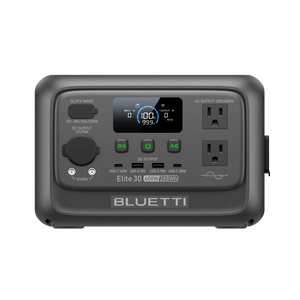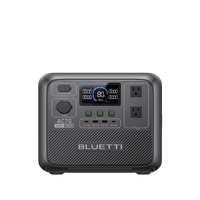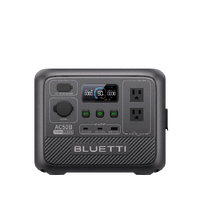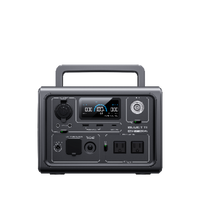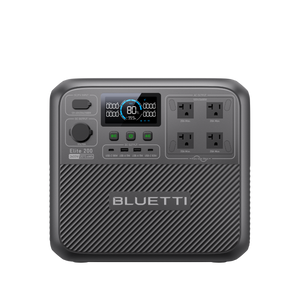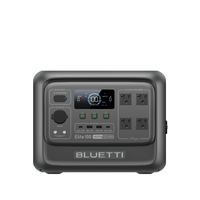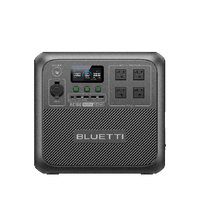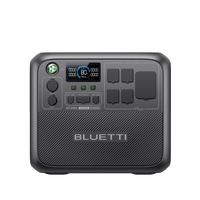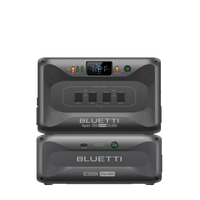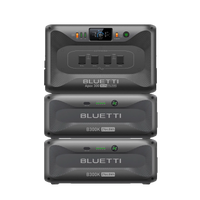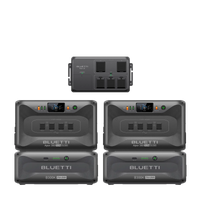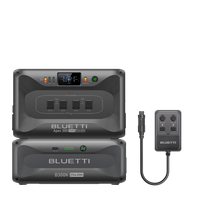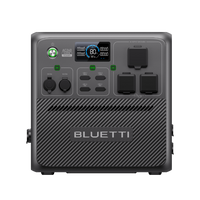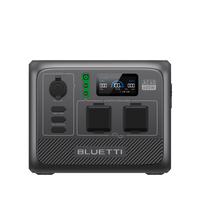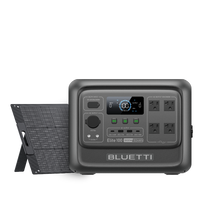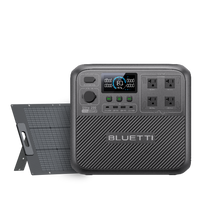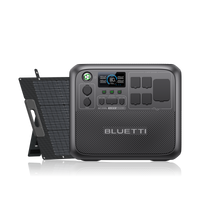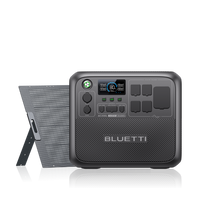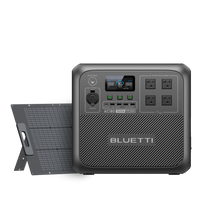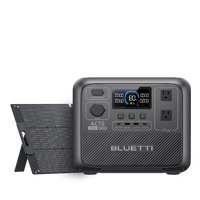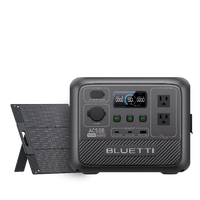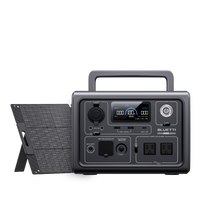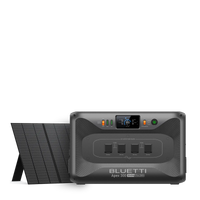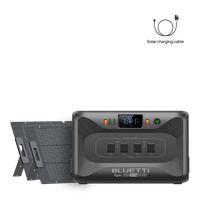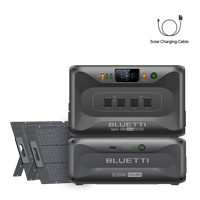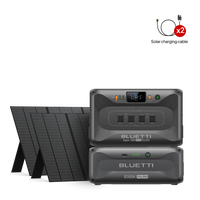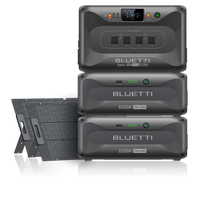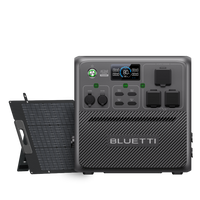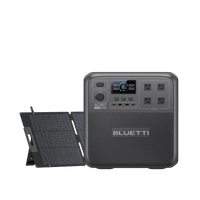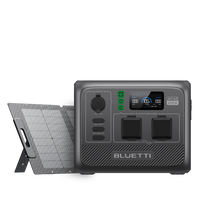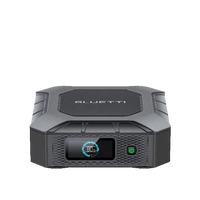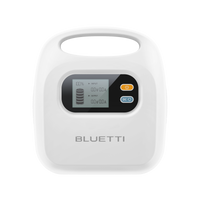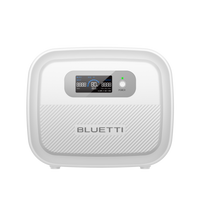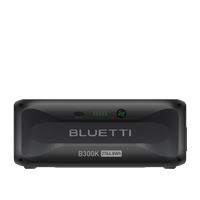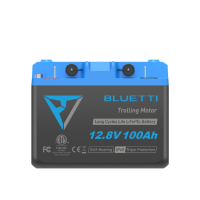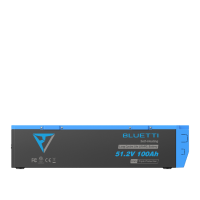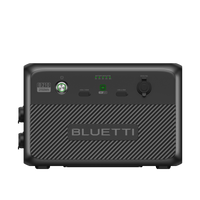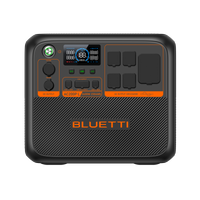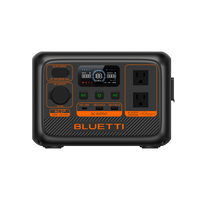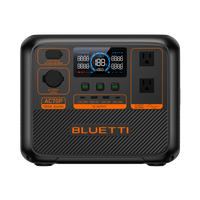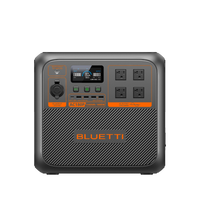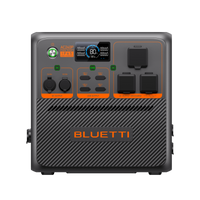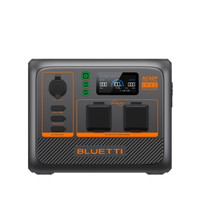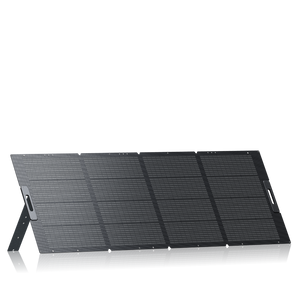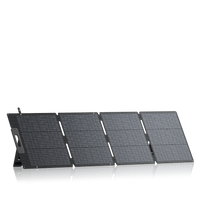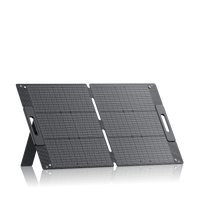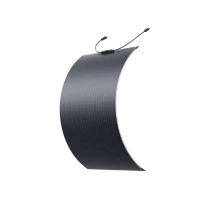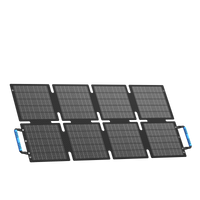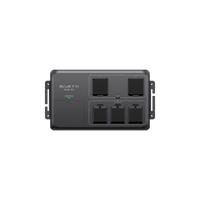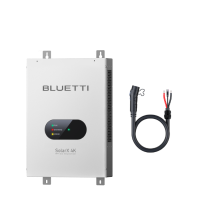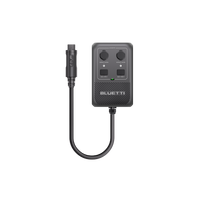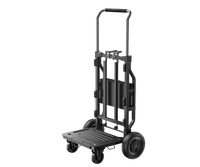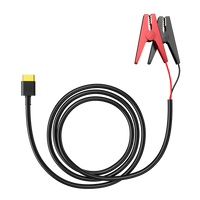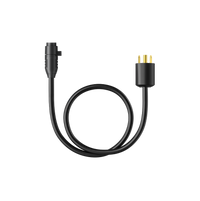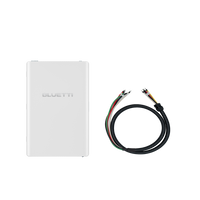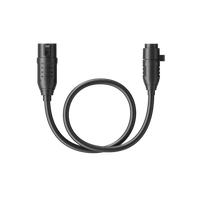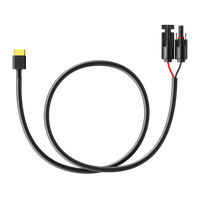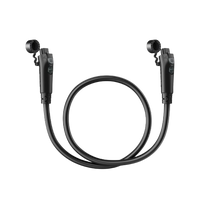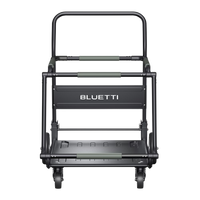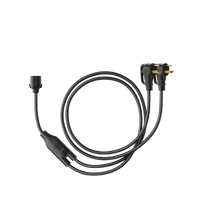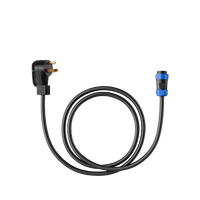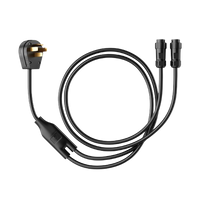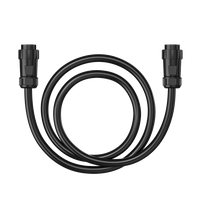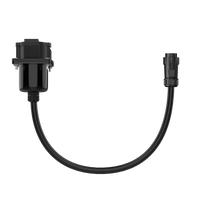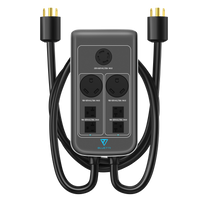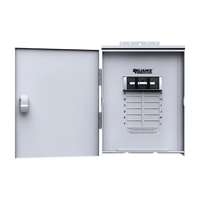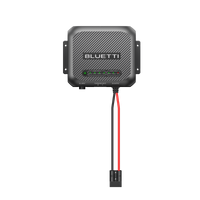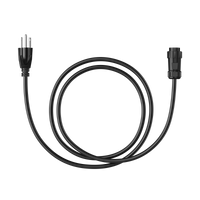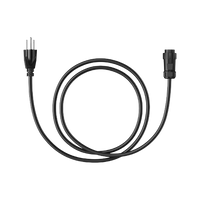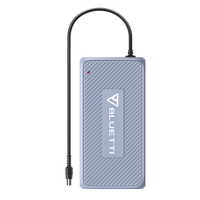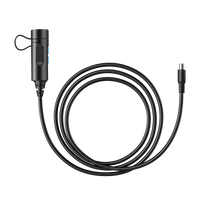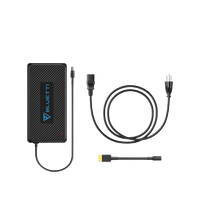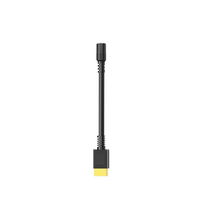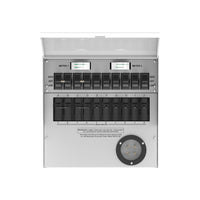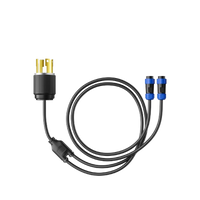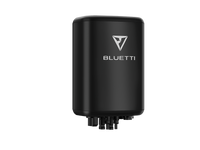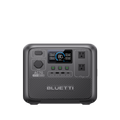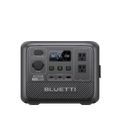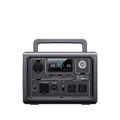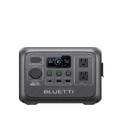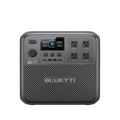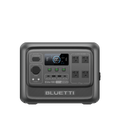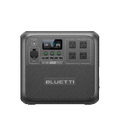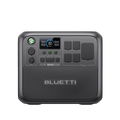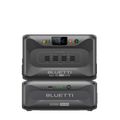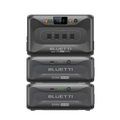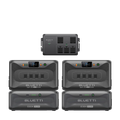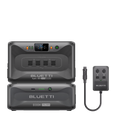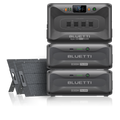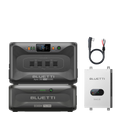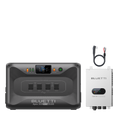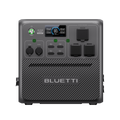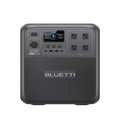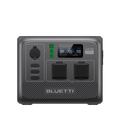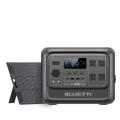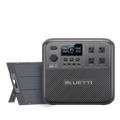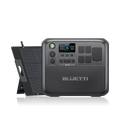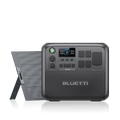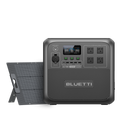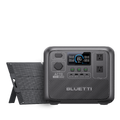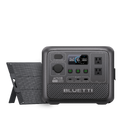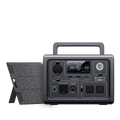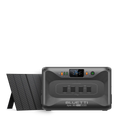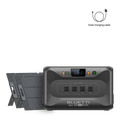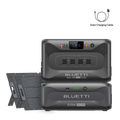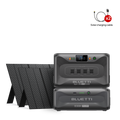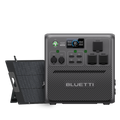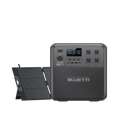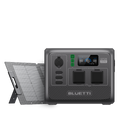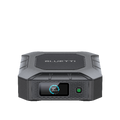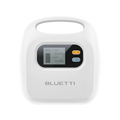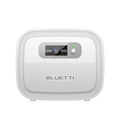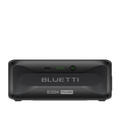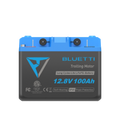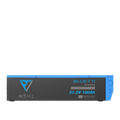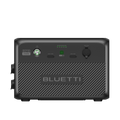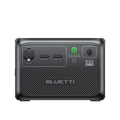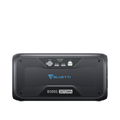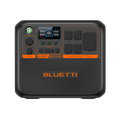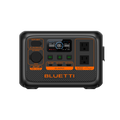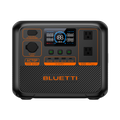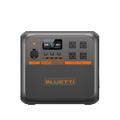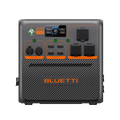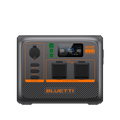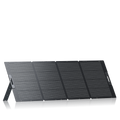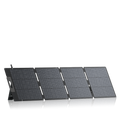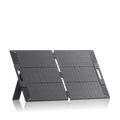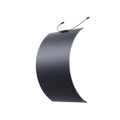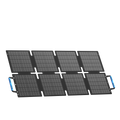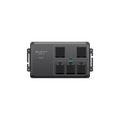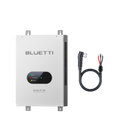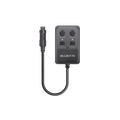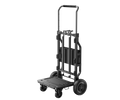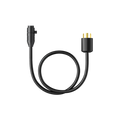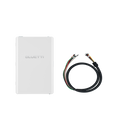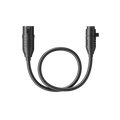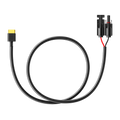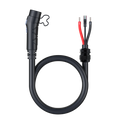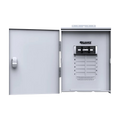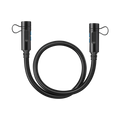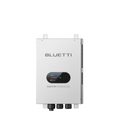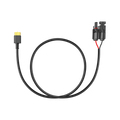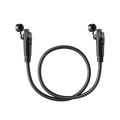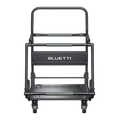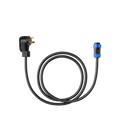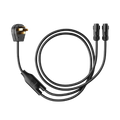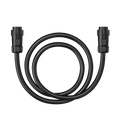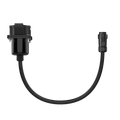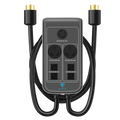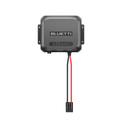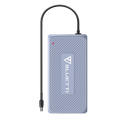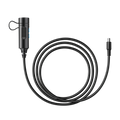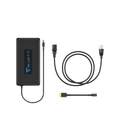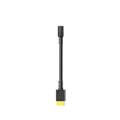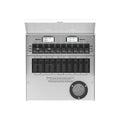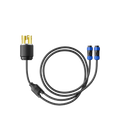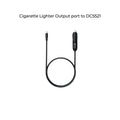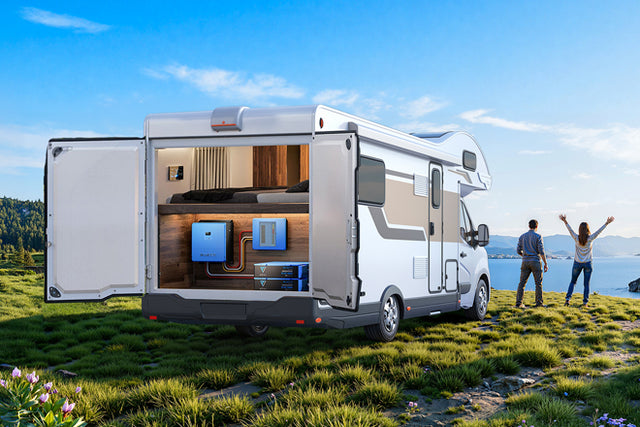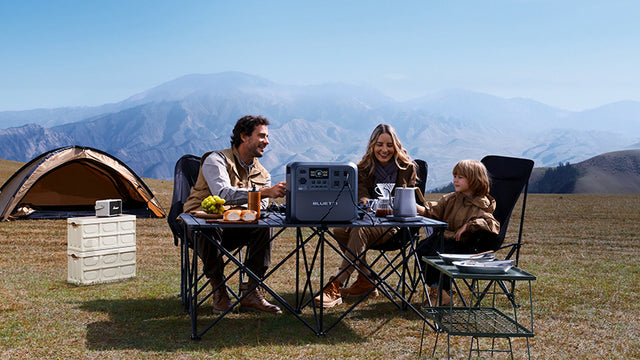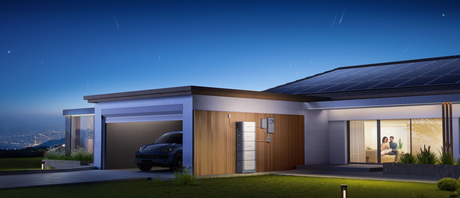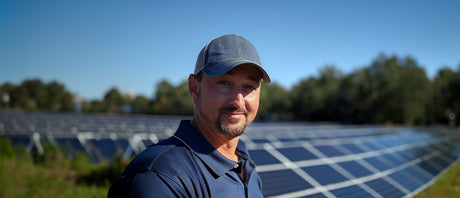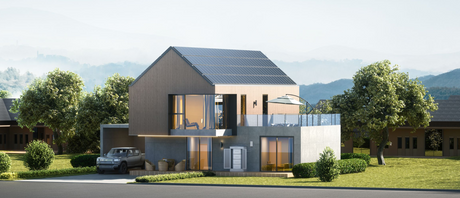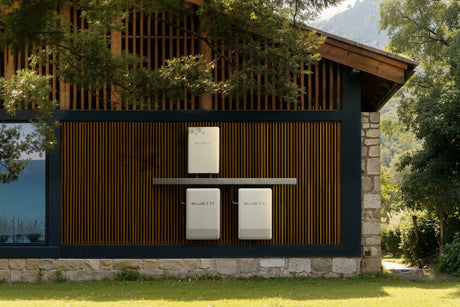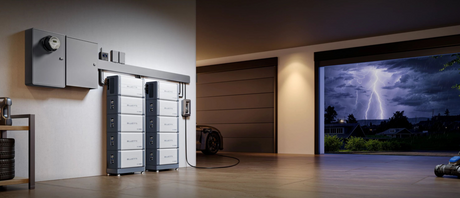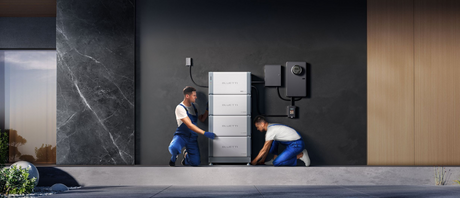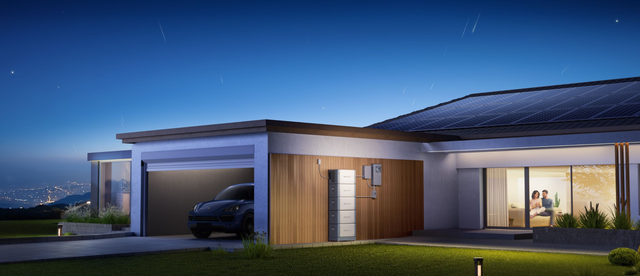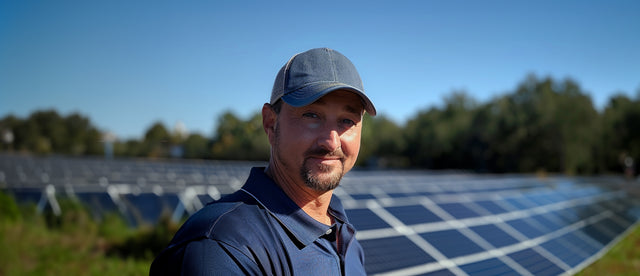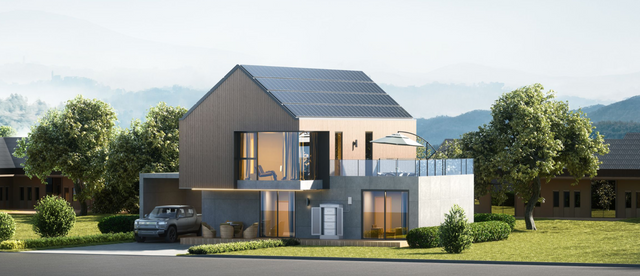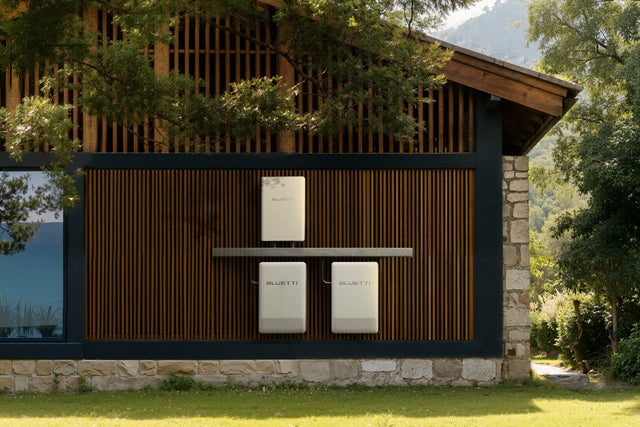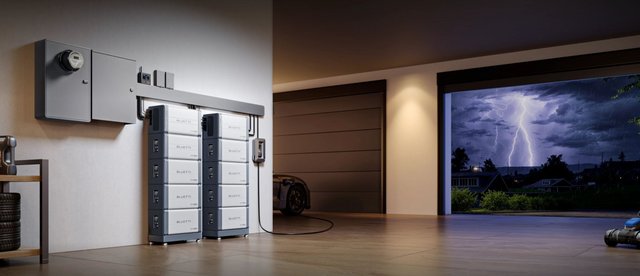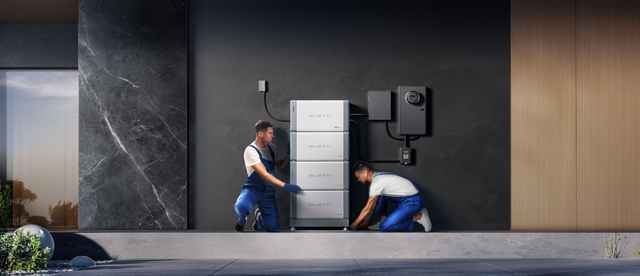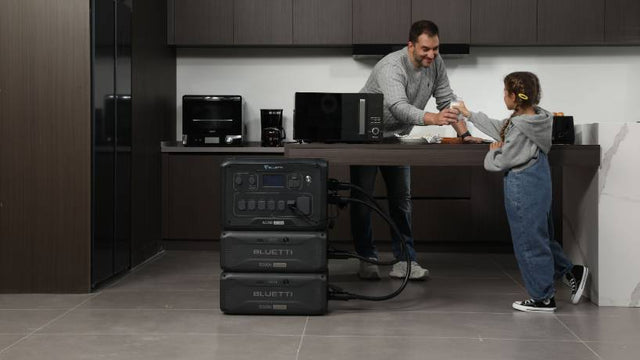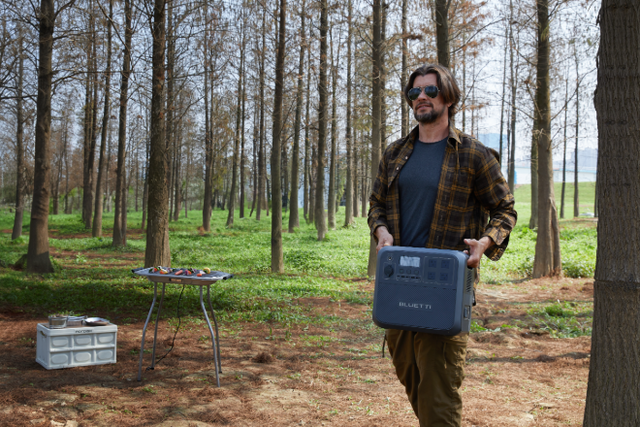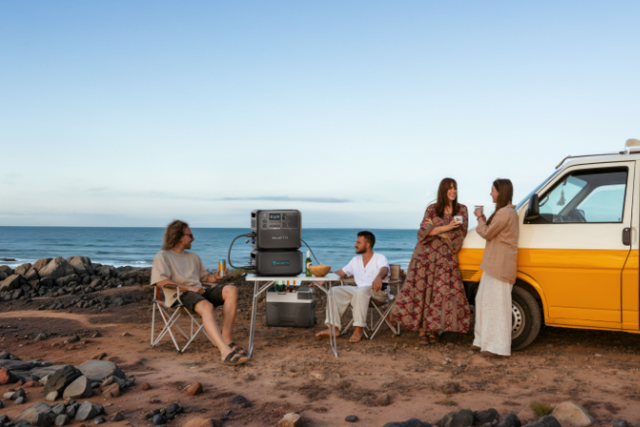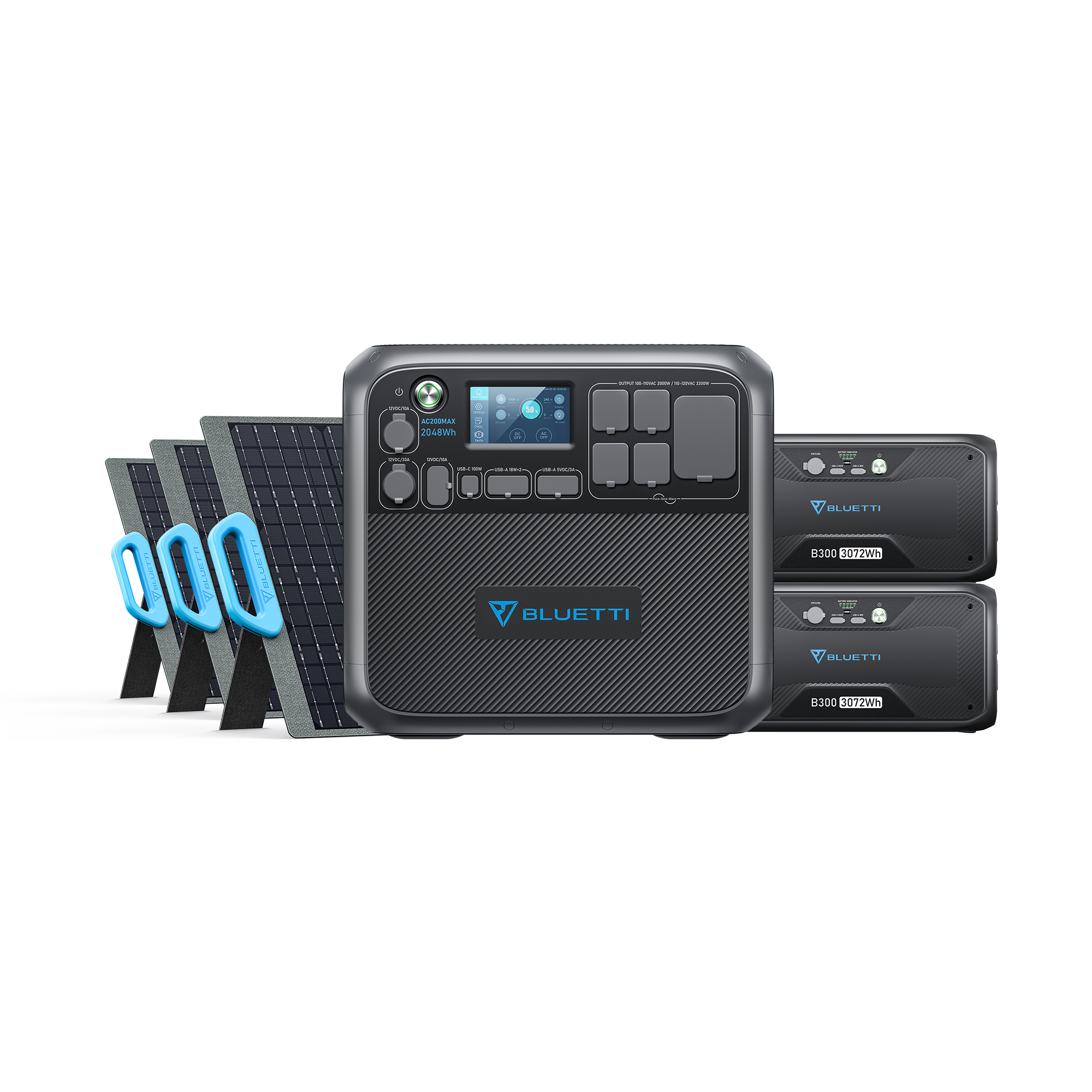Your cart is empty
Shop our productsA few years ago, most electricity providers would offer fixed-rate plans. This meant you’d receive the same bill regardless of how much electricity you have used. But thanks to the introduction of time-of-use rates, you can easily dictate how much you are going to spend on electricity in a month. If you want a lower bill, you can run your appliances during off-peak hours and vice versa.
What Are Peak Electricity Hours?
Peak electricity hours or on-peak hours are hours when the demand for electricity is high. They vary from time of day, state, season and which day of the week. For example, peak electricity hours during weekdays range between late afternoon and early evening. However, on weekends they can vary depending on how many people are at home rather than being involved in outdoor activities.
Since the demand for electricity is high, the rates also increase. That’s why you get a high electricity bill from your electricity provider if you use energy-intensive appliances in the evening. So, to avoid high bills, consider doing activities that require a lot of power during off-peak hours.
What Are Off-Peak Electricity Hours?
On the other hand, off-peak hours are hours of day when the demand for electricity is low. Like peak electricity hours, they can vary depending on the season and day of week. Generally, they range from early morning to late afternoon. This is the recommended time to use your energy-intensive appliances.
It is also the perfect time to charge your alternative sources of power such as power stations and portable generators. As you’d expect, electricity rates are lower since fewer households are using electric appliances.
Why Do Utility Companies Use Time-of-Use Rates?
Not all utility companies use time-of-use rates. However, it is mandatory in other states such as California if you install solar panels. Time-of-use rates a billing in which electricity rates change depending on the time of day.
Ideally, they are the most expensive between 4 and 9pm and cheaper between 9pm and 4pm the following day. Utilities that use these rates do so to encourage their customers to use power when the demand is low. Unfortunately, they can get complicated and confusing. That said, with a TOU rate and solar panels with batteries, you can even forego using the grid.
What is the Cheapest Time of Day to Use Electricity?
The cheapest time of day to use electricity is when there’s less demand otherwise known as off-peak hours. They range between 9pm and 6am. This can be the right time to charge your car, wash clothes, and other electricity-intensive activities. Avoid using electricity from late afternoon to late evening since the rates are usually high.
How to Cut Energy Costs in Summer?
Use Solar Systems
Using solar as your primary or secondary source of power can reduce energy costs in summer. For one, you’ll not be using electricity from the grid, meaning your meter reading will be lower than usual. Secondly, solar generators and power stations do not require fuel.
This is unlike conventional generators that require you to source gasoline or natural gas before you can use them to run your HVAC system. Fortunately, there are many reputable solar generator brands, with BLUETTI being one of them.
As you’d expect, the company produces industry-standard solar systems like the BLUETTI AC200MAX + 2*B230 + 3*PV200 | Solar Generator Kit. This kit comes with three solar panels and a generator. The panels have the best efficiency, capped at 23.4%. This means they will capture ample sunlight during peak sun hours.
On that note, they have an impressive power output enabling them to recharge your solar generator in a few hours. The generator packs a 2048Wh capacity, ideal for powering most small to medium appliances like coffee makers and TVs. and since it comes with a pure sine wave inverter, you can plug just about any appliance.
In fact, it can power a refrigerator for at least 56 hours, keep your lights on for more than 100 hours, and run your air conditioner for 14 hours. This kit will no doubt help you cut energy costs in summer.
If you want a more robust kit, the BLUETTI EP500 + 3*PV200 | Solar Generator Kit may be your best bet. Coming with three efficient solar panels and a high-capacity generator, it will enable you to run large appliances during peak electricity hours so you can lower your energy bills.
Like other BLUETTI solar generator kits, it has impressive features such as an app for remote monitoring and a smart touchscreen for seamless settings adjustment. Thanks to its
high 5120Wh capacity, it can store enough power to keep your devices running for days on a single charge.
With either of the above solar generator kits, you can reduce your energy costs significantly in summer. And since they are portable, you can use them for outdoor activities such as powering an electric grill.
Use Windows to Keep Out Heat
If using a solar generator kit is not a viable option, consider using your windows to prevent heat gain during the day. And there are many ways to go about it.
You can use window shades with light colors that can reflect sunlight. An excellent option are drapes. They not only reflect sunlight but also blick heat adequately. Besides, they can improve your home’s aesthetics.
Consider installing external window shades such as awnings. They block direct sunlight while blocking heat, keeping your home cool. While you can install them, involving a professional installer will guarantee the best results.
Planting plants near your windows will improve temperature regulation in your home. Other materials you can use include bubble wrap, dark window film, and cellar shades.
Use Ventilation
If you are looking for an inexpensive method to keep your home cool in summer, using ventilation is your bet. You can use natural, spot, or whole-house ventilation.
Natural ventilation involves opening your doors and windows to let in cool air from the outside. It also involves not performing heat generating activities such as cooking during the day. For improved results, you can open your windows in the morning when the air is cooler.
You can also opt for spot ventilation by using fans. They can be table fans, ceiling fans, window fans, or wall mounted units. They help cool the air in specific areas of your house. Window fans provide the most cost-effective cooling, so consider using them. Of course, you should unplug them after use.
Consider whole-house ventilation if you have a large house. Whole house fans draw cool air through the windows and expel hot indoor air through the roof.
Keep Your Cooling Systems Running Efficiently

Another way to keep your energy costs under control is to ensure your cooling system is running efficiently in summer. An easy and efficient way to boost your system is to upgrade your thermostat.
Consider using a smart thermostat that you can program to meet your cooling needs cost-effectively. For example, you can raise the temperature 7 to 10 degrees while you are away and then reduce it to normal levels once you arrive at home.
This can reduce your energy costs by 20%. If possible, consider buying a unit that can automatically adjust depending on your routine. And since they come with features such as intuitive user interfaces, using them is easy.
Perform regular maintenance on your air conditioning system for improved efficiency. For example you can clean the evaporator coils and condenser regularly. Consider replacing the air filters before they are clogged with dirt.
Prevent Hot Air From Leaking Into Your Home
Reducing the amount of hot air that leaks into your home can reduce your energy costs significantly. Furthermore, it leads to a more comfortable and healthier living environment. Caulking allows you to seal openings between stationary components like window and door flames while weatherstripping seals movable components.
Some areas in your home that cause leakages include attic air sealing, recessed lighting, ducts, fireplace walls, and chimney shafts.
To prevent air leaks, consider consulting a professional to assess your home and recommend the best sealing method. You can install foam gaskets behind switch plates and outlets on walls. You can also use foam sealant on gaps around baseboards and windows.
Final Thoughts
Peak and off-peak hours allow consumers to schedule their electricity usage. You can make the most out of the two by using less electricity during peak hours and running large appliances during off-peak hours. This way, your monthly bill will decrease gradually. Consider also installing solar panels with batteries to lower your bill further.
Shop products from this article
Be the First to Know
You May Also Like
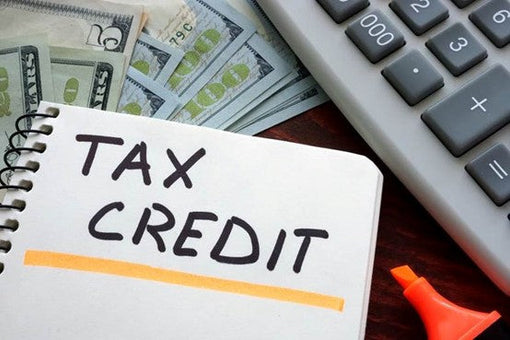
What Does a 30% Federal Solar Tax Credit Mean and How to Apply?
Governments around the world are offering programs that encourage homeowners to switch to solar energy. Among the most notable programs is the 30% Federal Solar Tax Credit. It reduces your...

Deadly Flooding Devastates U.S. South and Midwest — What You Need to Know

